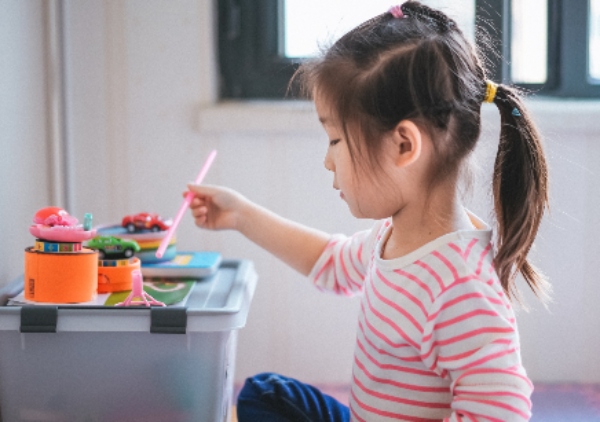A key characteristic of autism is difficulty with social skills, particularly understanding the emotions of others and developing empathy. While these can be challenging concepts to grasp, breaking them down into smaller components can help children build these essential skills. The best approach is to start with recognizing emotions and feelings, then progress to perspective-taking.
Perspective-taking is the ability to observe others, predict or understand their behavior, and respond to their private thoughts and emotions. Although these skills are complex, successfully teaching them can lead to a deeper understanding of empathy in your child.
Teaching Emotions
Recognizing and labeling emotions is the foundation of social understanding. Here are some effective strategies to help your child develop this skill:

- Use Pictures: Show images of people displaying different emotions and help your child label them (e.g., happy, sad, angry, surprised).
- Incorporate Videos: Videos can illustrate outward cues associated with emotions, such as tears, smiles, or gestures, helping your child better interpret what they see.
- Provide Multiple Examples: Since emotions are expressed in various ways, exposing your child to different examples will improve their ability to identify feelings across different individuals and situations.
- Encourage Self-Identification: Once your child can recognize emotions in others, guide them in labeling their own emotions. If they struggle, use a mirror and point out facial expressions they have successfully identified in others to help them make connections.
Developing Perspective-Taking Skills

Once your child can identify emotions, the next step is teaching them to interpret the emotions and perspectives of others. Here are some techniques to facilitate this learning process:
- Describe Public Accompaniments to Emotions: Ask your child to describe what sadness looks like in another person (e.g., crying, covering their face with their hands). Recognizing visible behaviors helps them infer the invisible aspects of emotions.
- Discuss Personal Feelings: Encourage your child to talk about their own emotions, what makes them feel a certain way, and how they express those emotions. Then, guide them in considering how others might feel in similar situations.
- Teach Gaze Following: Help your child learn to follow another person’s gaze to determine what they are looking at. For example, ask, “What is Daddy looking at?” while ensuring there is a clear focal object.
- Use Visual Prompts: Arrows or pointing can help reinforce gaze-following skills and enhance your child’s ability to understand another person’s focus.
- Identify Sensory Experiences: Teach your child to label what others are experiencing through their senses. For example, show someone smelling a candle while holding another object and ask, “What am I smelling?” This helps your child differentiate between multiple stimuli and strengthens their perspective-taking abilities.
Patience and Persistence Are Key
Teaching social skills, emotions, and perspective-taking may take time and consistent effort. Success will vary, and that’s perfectly okay! Every small step forward contributes to your child’s ability to navigate social interactions, understand their own emotions, and develop empathy for others.
By implementing these strategies, you can support your child’s journey toward improved social skills and emotional awareness, ultimately enhancing their ability to connect with the world around them.
For more information on social skills, click here. Or get in touch with us to start services!













